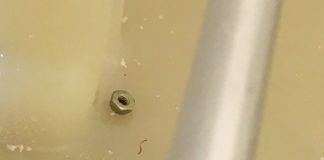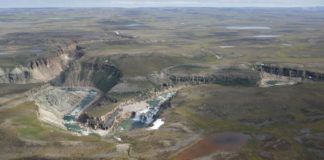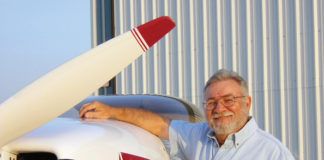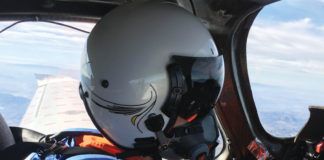Mojave Memories
I greatly enjoyed Mark Cook’s article “Homebuilding on the Edge” [September 2012], as it brought back fond memories. In 1974 I was a student at Desert High School at Edwards while my Dad was involved in the U2 program there.
I worked at NASA as a student intern in the Mini-RPV workshop on the Mini Sniffer program. At the ripe old age of 16 I was earning minimum wage building and flying model airplanes for NASA! My supervisors, Dan and Bill, would teach me volumes on the important aspects of design and flight testing that I continue to use. We took many trips around SoCal to fly models, visit contractors and test equipment.
One of our outings was to Mojave to retrieve one of our three Sniffer prototypes for later flight testing. Upon arrival we were met by this lanky gentleman with pork-chop sideburns and a big grin. He introduced himself as Burt and immediately began a tour of the facility and of our new toy. During the tour we would be privileged to see many new Rutan designs including the prototype VariEze, which was basically a bigger version of our Sniffer. He took me aside and said, “Don’t let anyone tell you that you can’t do anything; just do it.” For a kid who loved aviation it would be a shot of motivation of epic proportions. The influences of my NASA brethren and trips to Mojave would later transport me to far bigger dreams. This included flying the F16 for 20 years and a host of other incredible airplanes. It also instilled an outright passion for experimentation. I am truly blessed and grateful for the experience.
Rob Ray
Advice to Designers
My first issue of KITPLANES® was No. 1. The last few years I see a lot of write-ups about aircraft costing six figures or more. That’s fine if you have deep pockets to do that, but what about the 60% or more of us who love aviation and are trying to build something on a couple of hundred dollars at a time? Yes, I saw the plansbuilts in January, but how many of them could be flown on a tight budget after being built? My budget will not let me fly something that sucks 8-20 gph. Even if it did, I’d ask: Why?
The LSA rules were created to make flying affordable for a greater number of people. But we need aircraft designs that can be built and flown inexpensively. Milholland’s Double Eagle is a good example of flying on the cheap. The only issue I have is its open cockpit.
To the designers out there, here is a list of what I look for in an aircraft:
1. Two seats so you can take someone up with you, 200-250 pounds each.
2. Enclosed cockpit.
3. Baggage capacity of 30-40 pounds.
4. To do the above with full fuel, and still make it as an LSA.
5. Cruise of 90-100 mph on 5 gph.
Kristine Bennett
Rocket, Man!
Glancing through the December 2012 Buyer’s Guide, I happened upon the “Top 10 Fastest Kits.” Was I surprised to see the Glasair III as the fastest, boasting a top speed of 396 mph! Where do the JATO rocket packs attach?
Ray Dietz
Glasair provided an incorrect number. For an average builder, 300 mph is a more reasonable expectation.—Ed.




